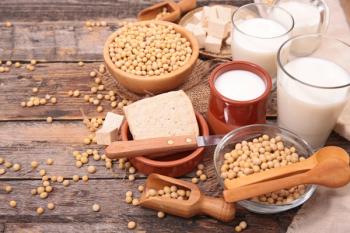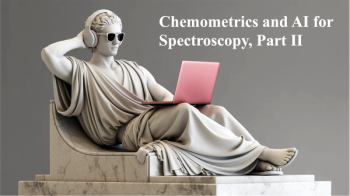
Cutting-Edge Technology Safeguards Apple Quality: Hyperspectral Imaging and Machine Learning to Combat Codling Moth Infestation
Researchers at the University of Kentucky employ non-destructive hyperspectral imaging and machine learning to predict and manage the physicochemical quality attributes of apples during storage, addressing the impact of codling moth infestation and revolutionizing apple quality assurance.
In a new technology effort to tackle postharvest losses caused by invasive pests, researchers at the University of Kentucky, led by Alfadhl Y. Khaled, Nader Ekramirad, Kevin D. Donohue, et al., have unveiled a research study utilizing non-destructive hyperspectral imaging and machine learning to predict and manage the physicochemical quality attributes of apples during storage, specifically addressing the impact of codling moth infestation. The study, titled "Non-Destructive Hyperspectral Imaging and Machine Learning-Based Predictive Models for Physicochemical Quality Attributes of Apples during Storage as Affected by Codling Moth," was published in the journal Agriculture (Volume 13, Issue 5) (1).
As the demand for high-quality apples persists globally, challenges arise in preserving fruit quality during long-term storage, especially in the face of invasive pests such as the codling moth (CM). This study focused on Gala apples, evaluating their firmness, pH, moisture content (MC), and soluble solids content (SSC) under different storage conditions.
The research employed near-infrared hyperspectral imaging (HSI) and machine learning models, utilizing partial least squares regression (PLSR) and support vector regression (SVR) methods. Data preprocessing involved Savitzky–Golay smoothing filters and standard normal variate (SNV), followed by outlier removal using the Monte Carlo sampling method. The study revealed significant effects of CM infestation on near-infrared (NIR) spectra, showcasing the potential impact of pests on apple quality.
Results indicated highly accurate predictive models for apple quality attributes during storage at different temperatures (0 °C, 4 °C, and 10 °C), with maximum correlation coefficients of prediction (Rp) reaching 0.97 for pH, 0.95 for firmness, 0.92 for SSC, and 0.91 for MC. Additionally, the study employed the competitive adaptive reweighted sampling (CARS) method to extract effective wavelengths, enhancing real-time prediction capabilities (1).
The multispectral models derived from this approach demonstrated superior performance compared to full-wavelength HSI models, showcasing the potential for fast, real-time prediction of apple quality characteristics (1).
This new study opens avenues for the development of non-destructive monitoring and evaluation systems, offering valuable insights for the apple industry to combat postharvest losses and ensure the delivery of high-quality produce to consumers.
Reference
(1) Khaled, A. Y.; Ekramirad, N.; Donohue, K. D., et al. Non-Destructive Hyperspectral Imaging and Machine Learning-Based Predictive Models for Physicochemical Quality Attributes of Apples during Storage as Affected by Codling Moth. Agriculture 2023, 13 (5), 1086.
Newsletter
Get essential updates on the latest spectroscopy technologies, regulatory standards, and best practices—subscribe today to Spectroscopy.





